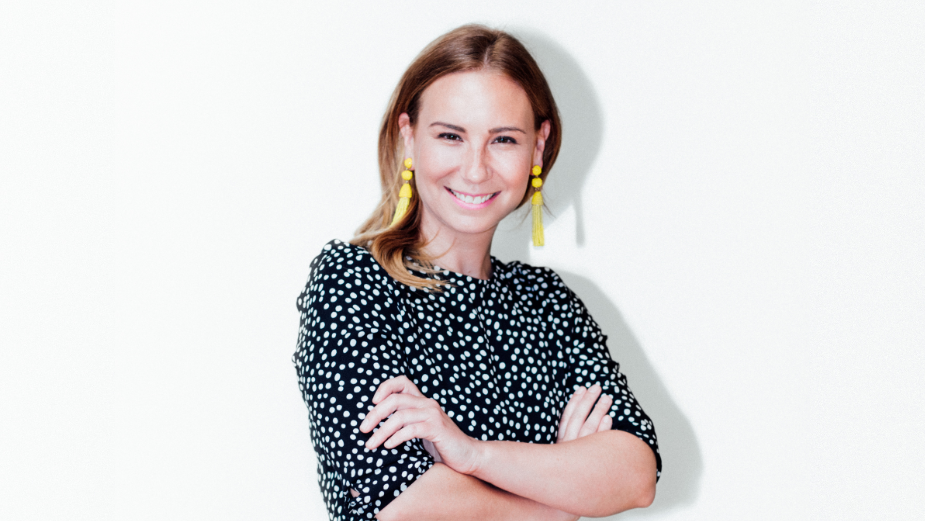
“PR Is Now Everything, and Everything Is PR”

Has the definition of PR changed? In a media climate where trust is at a low ebb, and the levels of noise have never been higher, what does it mean to conduct effective public relations?
For Sam Margolis Fogle, president of the Toronto-based independent creative agency Mint, there’s no doubt that the nature of PR has changed. Thanks to external trends in the world of technology and, most crucially, the tone of the public sphere, the skills needed for a successful career in PR are notably different from even just a few years ago.
To better understand these changes, and get a sense of how brands and marketers alike can navigate them with success, LBB caught up with Sam.
LBB> Sam, how has the nature of PR changed over the past few years - and what do these changes mean in practice?
Sam> The PR discipline has evolved so much in the past few years. With the rise of social media, everyone with a smartphone has the ability to act like a reporter. Being the first to post something gives that individual social credentials, in a way that never existed previously.
We used to have daily habits of seeking out news on our own terms - whether it be reading the paper over a morning coffee, or turning on the evening news. These habits are harder to form while you are scrolling your phone on your way to the gym without being inundated with the trending topic du jour. The outcome of this shift as a society of socially-wired individuals has been to undermine the value traditional news engines used to uphold as the beacons of truth.
The good news is that for our industry, PR is now everything and everything is PR. Meaning we as practitioners have the ability to make news across a variety of different platforms and channels, and can now rely on consumers to feed the engine, allowing campaigns to pop and have an impact on culture like never before.
LBB> And what’s driven those changes? Is it all a result of the pandemic, or have these things been bubbling away for some time?
Sam> Like I mentioned, obviously the rise of social and the credibility it holds in the lives of younger consumers has been the number one driver of those changes. But over the past few years as a result of the pandemic, consumers have grown more wary of fake news, resulting in a renewed thirst for voices they can trust.
We saw what happened here in Canada a few weeks ago with the termination of Lisa Laflemme at CTV News. While the controversy goes well beyond her reporting abilities, what it demonstrates is that viewers really enjoy hearing from her every night, and trust the reporting she brings to the table. So from where I am sitting, traditional news is nowhere near dead.
LBB> And do you think people working in PR need to prioritise any different skills now, as a result of these changes?
Sam> One hundred percent. At Mint, we’ve always believed in the integrated model and understand that PR cannot live in isolation in the larger marketing mix. We uphold the power of the PESO (paid, earned, shared, owned) universe and that smart channel planning supported by strong storytelling is the key to any brand's success. PR folks need to broaden their skills to uncover how a story will stick and what channel is the best way to get us there.
LBB> In practical terms, what do these changes mean for how PR works as an industry? What insights should marketers now be more aware of?
Sam> At Mint, we make sure everything we suggest to a client or partner has PR legs, and that our team works cross-functionally to bring in a diverse range of thinking and perspectives into the work. For marketers, it is critical to work in the IMC model and ensure all stakeholders are brought to the table at the same time. PR is often treated as an afterthought - or even a verb. I’ve been in instances where a creative team will craft an idea or way in, and then come to a PR team and ask us to “PR it.” That is not a successful way to function. Rather, bring creative and PR to the table together so all parties are set up to make an impact together.
LBB> Finally, what advice would you give to brands working with their PR partners about how to drive the most effective results in 2022?
Sam> PR partners need to be seen as a key and trusted part of the planning and marketing process, and as such develop KPIs in partnership with clients at the onset of that process. Don’t be too prescriptive in the results you are seeking as a brand marketer. Instead, go to your agency partners with a business problem that needs to be solved, and work together to determine the best paths and channels to get you there. Once the PR craft is respected, the power of the discipline is really unlimited in how it can impact a brand in the marketplace.












